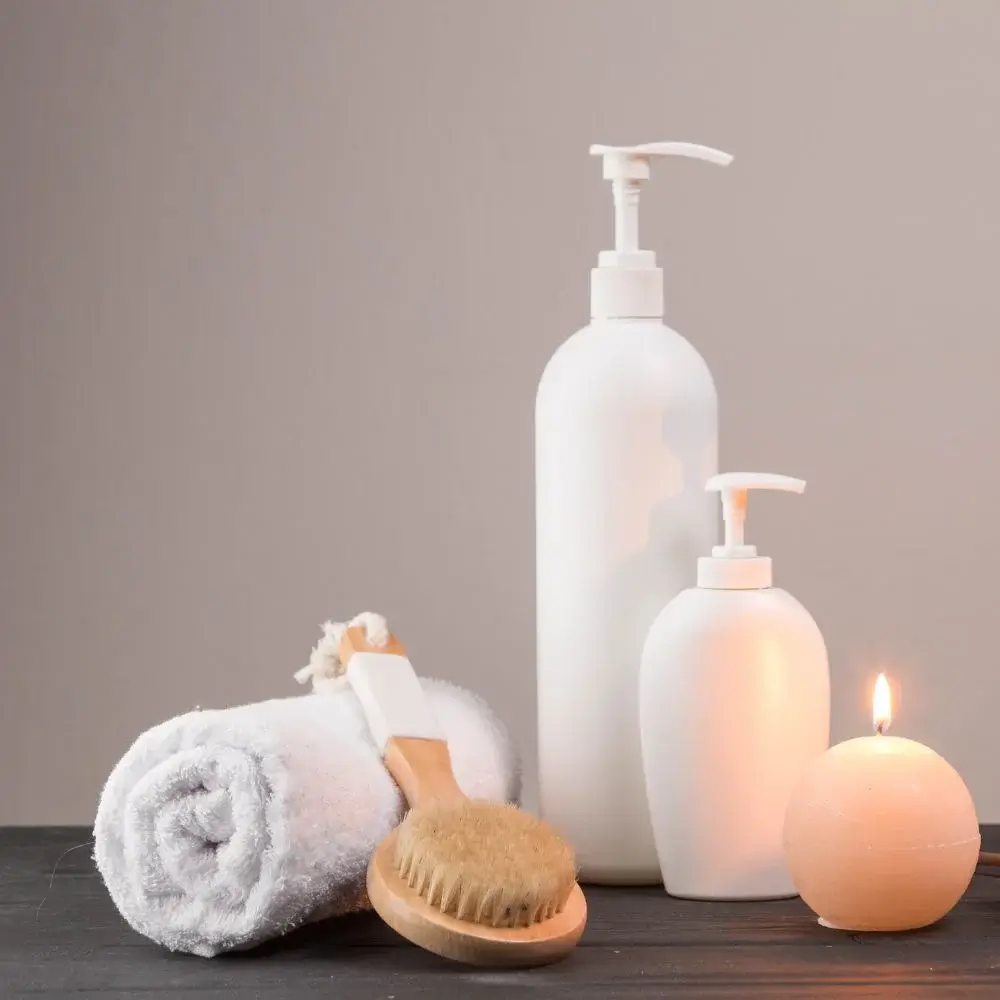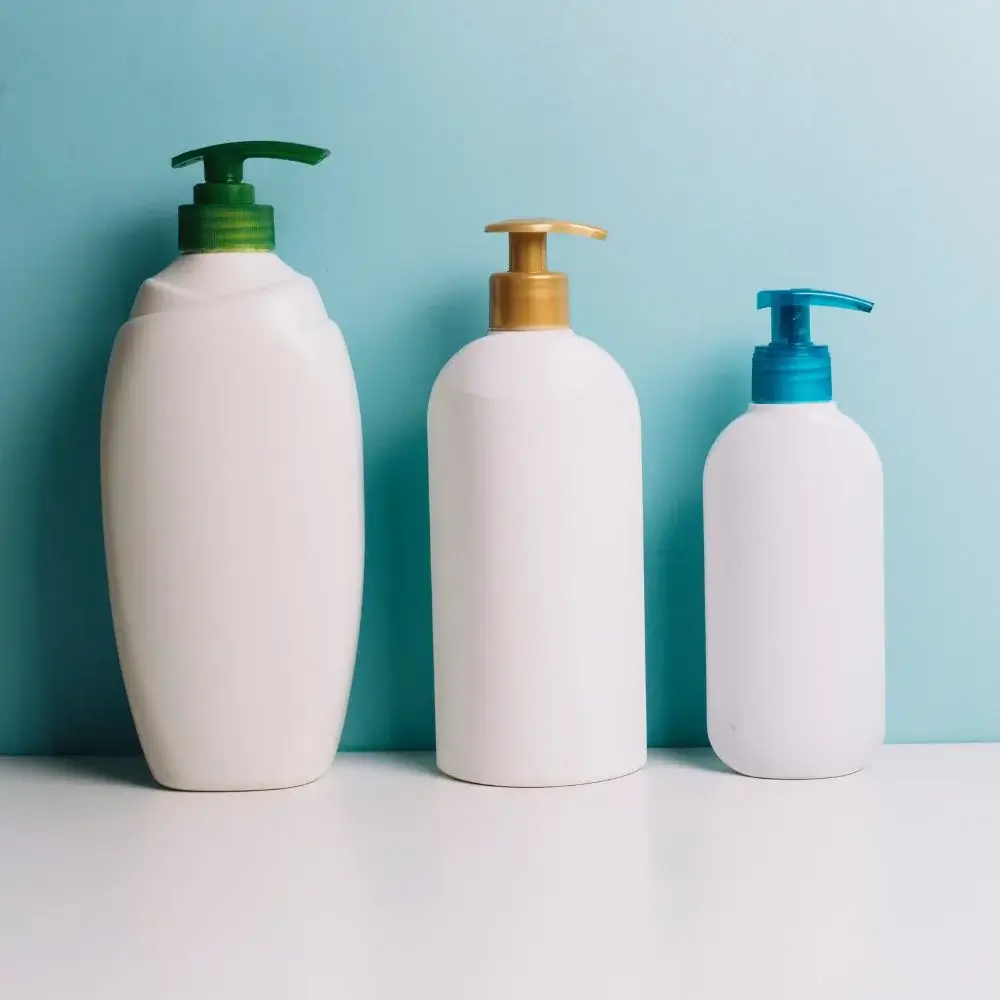A hair transplant is an exciting option for individuals looking to restore a fuller head of hair. The thought of having a head full of luscious locks can bring back the confidence one might have lost over the years. However, post-operative recovery is crucial to ensure a successful hair transplant. One of the most common questions people have after a hair transplant is how soon they can start shampooing their hair. In this blog post, we’ll discuss the standard timeline doctors recommend and the best practices for treating your transplanted hair post-treatment.
To understand how soon you can start shampooing your hair after a hair transplant, it's essential to understand the procedure. The surgeon removes hair follicles from a donor area (usually the back of the head) and implants them onto the balding areas during the process. The new hair grafts require time to settle and take root in their new location. Typically, the implanted hair follicles form scabs that protect the grafts during the early healing stage, lasting around ten days.
The scabs are delicate during this period, so it's essential not to irritate them by washing or brushing the hair excessively. Hence, it's recommended not to shampoo your hair for at least 48 hours post-surgery. As the days go by, the scabs start to fall off by themselves, and although shampooing is beneficial, many doctors recommend waiting for at least ten days before washing your hair. After ten days, it's usually safe to start washing your scalp with a mild shampoo.
When you're ready to wash your hair, try to be gentle and use a sulfate-free shampoo to prevent any damage to the sensitive area. You could even mix the shampoo with water to dilute it further to ensure it's gentle enough. Always use cold water, as hot water can be harsh on your scalp. After shampooing, dry your hair softly using a clean towel. Avoid rubbing the scalp roughly, as it can damage the new follicles.
As you gently wash your hair, it's crucial to note that the post-operative care maintenance period can vary from person to person. In some cases, you might be advised to avoid swimming or strenuous activity for up to two weeks or more, depending on the surgeon's recommendations. It's essential to follow the recommendations provided by your surgeon to ensure a successful post-operative recovery.
A hair transplant procedure is only part of the final step in hair restoration. The critical period post-procedure can either influence the success or failure of the transplant. Generally, it's best to refrain from shampooing your hair for the first 48 hours to prevent scabs from falling off too early. After ten days, gently wash your hair with a mild sulfate-free shampoo. It's essential to follow all the care instructions your surgeon provides to ensure successful hair restoration. Remember to be gentle with your new scalp, as a lack of care could lead to graft failure and unsatisfactory results. Sounds easy, right? Congratulations on taking the first step to a fuller head of hair!
Hair transplant surgery is a popular and effective way to regain confidence and achieve a full head of hair. However, post-surgery care is crucial to ensure healthy and prosperous results. That's why we have taken the time to research and find the best shampoo after a hair transplant. Our list features shampoos that are gentle, nourishing, and perfect for promoting hair growth. Click the link and discover your new favorite shampoo to help you achieve the best possible results after your hair transplant surgery. Don't settle for anything less than the best regarding your hair care routine!
What is the recommended timeframe to start using shampoo after a hair transplant?
After a hair transplant, it's generally advised to wait about 48 hours before using shampoo. This initial waiting period allows the newly transplanted grafts to anchor firmly into the scalp, reducing the risk of disruption. Following this timeframe helps ensure the grafts' stability and promotes successful hair growth. However, it's crucial to adhere to the specific guidelines provided by your surgeon, as individual cases might vary slightly based on the technique used and your unique needs. By patiently waiting and then using shampoo as directed, you contribute to smoother recovery and optimal results from the transplant procedure.

What role does pH balance play in selecting the right shampoo after a hair transplant?
The pH balance of a shampoo is crucial when choosing one after a hair transplant. The scalp's natural pH is slightly acidic, around 5.5. Opting for a shampoo with a similar pH maintains this balance, preventing excessive dryness or oiliness that could hinder healing and graft survival. A balanced pH also keeps the scalp's protective barrier intact, minimizing the risk of irritation, inflammation, and infection. By selecting a shampoo that aligns with the scalp's natural pH, you create an environment conducive to successful recovery post-transplant, ensuring optimal conditions for both the grafts and the overall scalp health.

What shampoo is best suited for sensitive scalps after a hair transplant?
For sensitive scalps post-hair transplant, a fragrance-free, hypoallergenic shampoo is recommended. These formulas are designed to be gentle on sensitive skin, reducing the risk of irritation and discomfort. Look for shampoos containing soothing ingredients like aloe vera and chamomile, which help alleviate potential redness and itching. These ingredients promote a calm and balanced scalp environment, which is crucial for the healing process after a hair transplant.

How does a sulfate-free shampoo benefit the healing process after a hair transplant?
Opting for a sulfate-free shampoo post-hair transplant offers notable benefits to the healing process. Sulfates are aggressive cleansing agents that can strip the scalp of natural oils and disrupt delicate grafts. You choose sulfate-free options to prevent unnecessary irritation, dryness, and potential damage. These shampoos maintain the scalp's moisture balance, fostering an environment conducive to graft survival. Their gentle formulation reduces the risk of inflammation, which is crucial for successful healing.

How does proper shampooing contribute to preventing ingrown hairs after a hair transplant?
Proper shampooing post-hair transplant plays a pivotal role in preventing ingrown hairs. Regular and gentle cleansing clears the scalp of debris, excess oil, and dead skin cells that can clog hair follicles. This obstruction often leads to ingrown hairs. Maintaining a clean and unclogged scalp creates an environment where transplanted hair can grow freely without interference. Proper shampooing also minimizes the risk of infection and inflammation, reducing the chances of follicles ingrown.
Should I adjust the shampooing frequency based on my lifestyle and activity level?
Adapting shampooing frequency according to your lifestyle and activity level is beneficial. If you lead an active life, sweat excessively, or are exposed to pollutants, washing more frequently can help maintain scalp hygiene. However, balancing this with gentleness, especially after a hair transplant, is crucial to avoid disrupting grafts. Using a mild, recommended shampoo is vital. If your lifestyle is more sedentary, less frequent washing might suffice. Customizing shampooing frequency to your needs ensures both scalp health and graft survival, promoting optimal conditions for the transplanted hair to thrive while keeping your scalp clean and comfortable.







